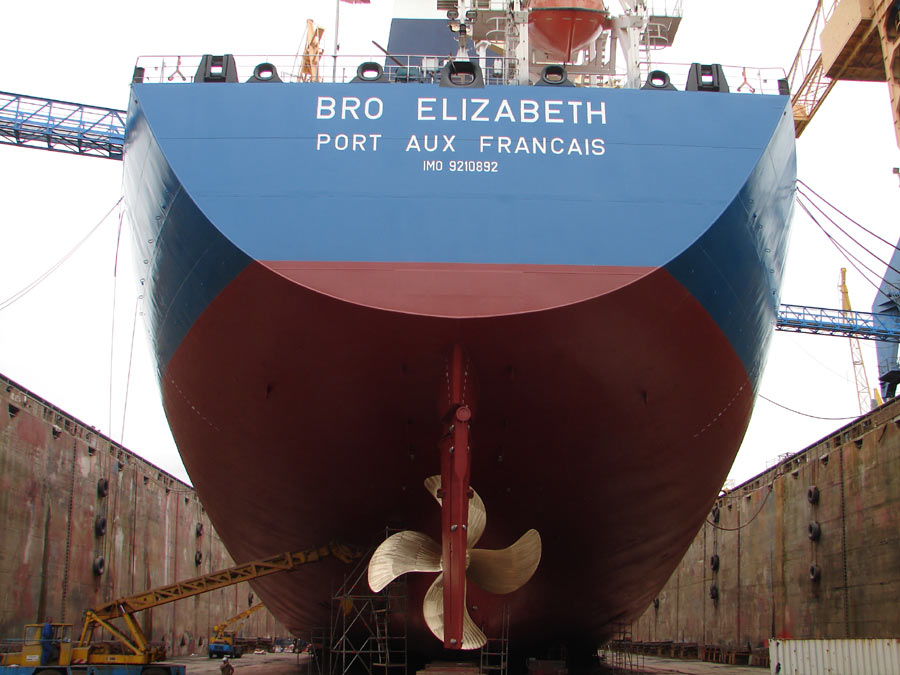Hm that's debatable. The Queen Elizabeth already displaced 80k tons and was in service since the 1930s. The supertankers took over for good end of the 1950s breaching 100k tons displacement (Universe Apollo). It's certainly true that for a while supercarriers were "up there", but they were never dominant as the largest ships in service.
PS: Sorry for the OT!
Hm that's debatable. The Queen Elizabeth already displaced 80k tons and was in service since the 1930s. The supertankers took over for good end of the 1950s breaching 100k tons displacement (Universe Apollo). It's certainly true that for a while supercarriers were "up there", but they were never dominant as the largest ships in service.
PS: Sorry for the OT!
Minor nit pick: Queen Elizabeth was actually not placed in service until March 1940.
Bigger nit pick:the consistently reported sizes of the big 80,000 ton+ translamtic liners such as QE, QM and Normandie were in gross registered tons, a measurement of the usable enclosed volume, not displacements. The displacements of these ships are much more rarely quoted, more over the quoted numbers often do not agree. However the reported displacements of passenger ships generally tend to be less than its gross registered tons by a few thousand tons. What queen Elizabeth’s actually displacement is thus not entirely clear, but very likely a few thousand tons less than its 83,000 GRT. A good guess might be QE’s full load displacement is between 75,000 tons and 83,000 tons, with a median at 79,000 tons.
So the first super carriers to see service in 1956, the Forrestal, displaced just over 79,000 tons full load when newly completed. She would have been at least very close in weight to the biggest passenger liner then in existence, but probably displaced slightly more. The first oil tanker to break 80,000 tons displacement was in 1958. So Forrestal had a good claim to being heaviest ship in the world when completed.





